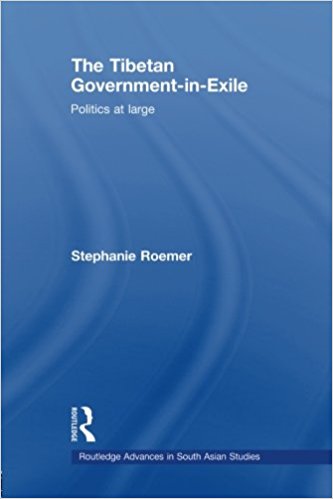The work under review is a carefullyresearched resource on the Tibetan movement in exile, focusing in the main on the Central Tibetan Administration (CTA)—for all intents and purposes, the Tibetan government-in-exile—based in Dharmasala in Himachal Pradesh, India and headed by the 14th Dalai Lama. The author not only examines the nature and politics of the Tibetan government-in-exile but also attempts to fill the gap in theoretical literature on political structures in exile. Roemer provides a useful introduction to modern Tibetan history that both informs and clarifies. Several important concepts central to the Tibetan experience are addressed in this chapter including the very definition of Tibet and the Tibetan identity. Tibet’s various regional identities, society, economy, government structure, administrative divisions, religion and foreign policy are all examined at some length.
While most readers are aware that the relations between Lhasa and Beijing of old cannot be understood using modern concepts of sovereignty and inter-state relations, they are seldom aware of the fact that the old Tibet was no unified entity either with the Lhasa administration’s political control limited to central Tibet and heavily reliant on traditional societal and religious structures in the extended ethnic Tibetan areas of Amdo and Kham to the east, to ensure any kind of allegiance. Tibetan administration was fairly decentralized and society extremely hierarchical and it was an elite group of monks drawn from aristocratic families that ran the government (pp. 15–18).
Tibetan religion’s fragmented nature, including rivalries between and among monasteries, lay ruling elite and monk officials, are all briefly examined. These included, of course, the falling out between the 13th Dalai Lama and the 9th Panchen Lama that caused the latter to flee to China (pp. 29–30), between supporters of the first regent to the 14th Dalai Lama, Retig and those of his successor, Taktra (pp. 30–31; also depicted in the movie Kundun). Rivalries and differences did not cease with the flight of the Dalai Lama in 1959 but have continued to play out also in the exile Tibetan community and administrative structures as evident most notably in the continuing influence and resources available to the various monastic orders (pp. 129–30).


Very interesting subject, thanks for posting.Money from blog